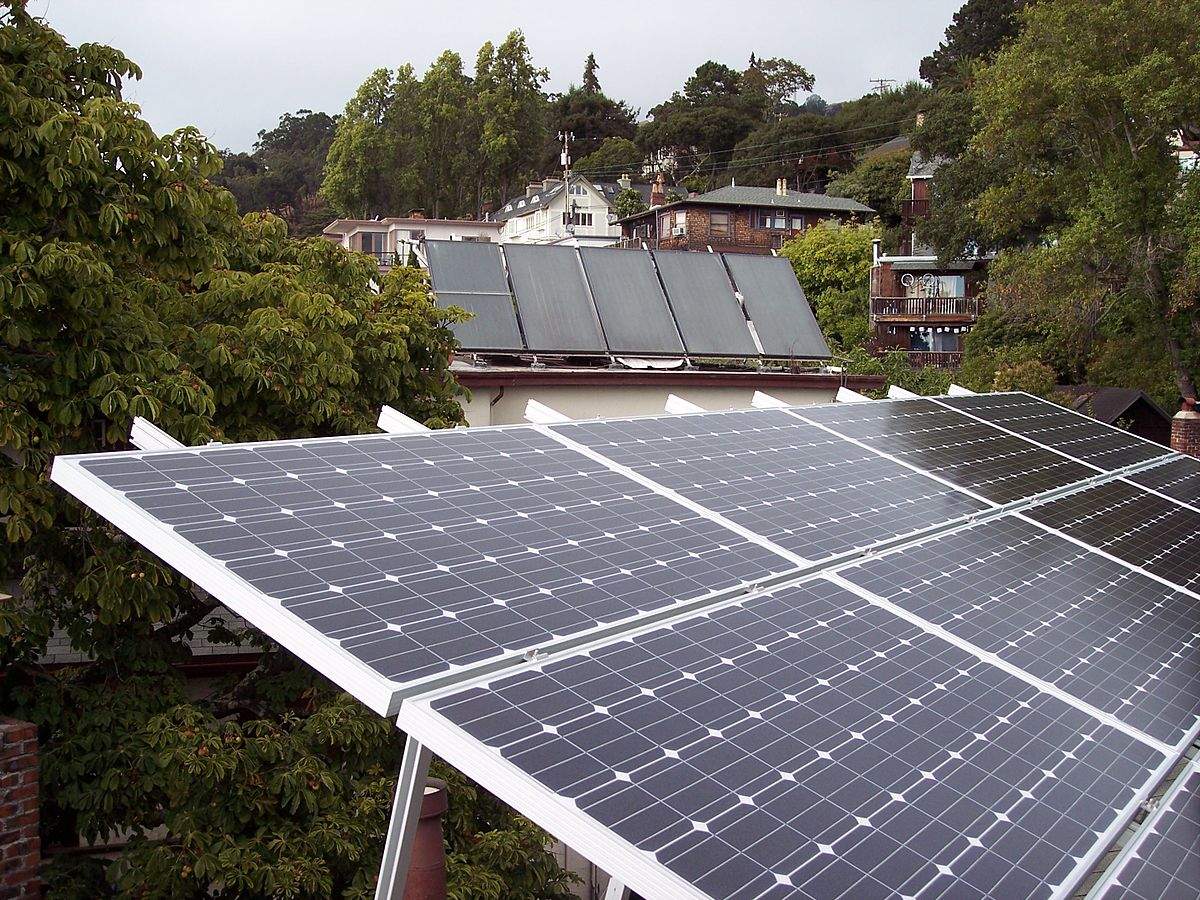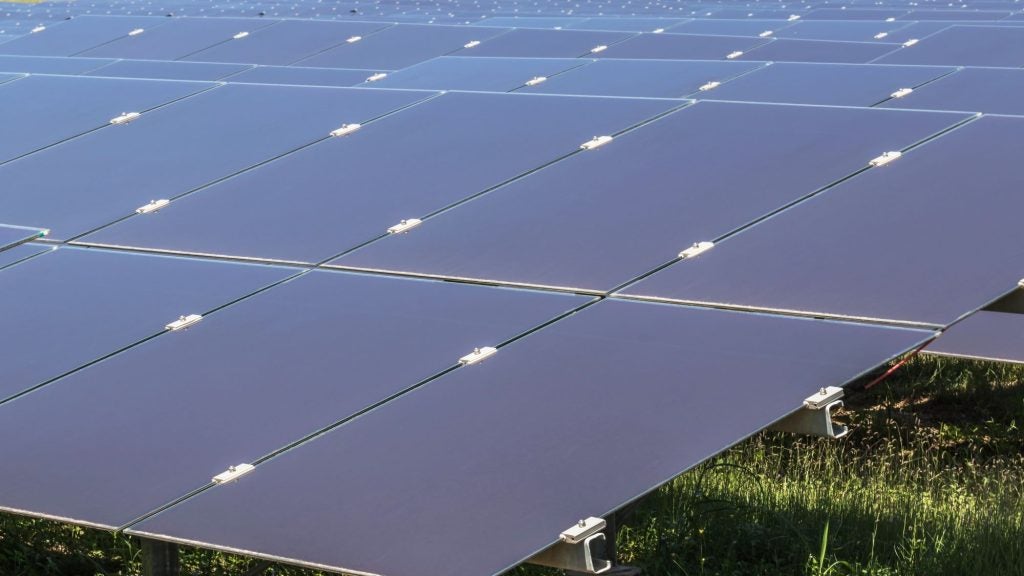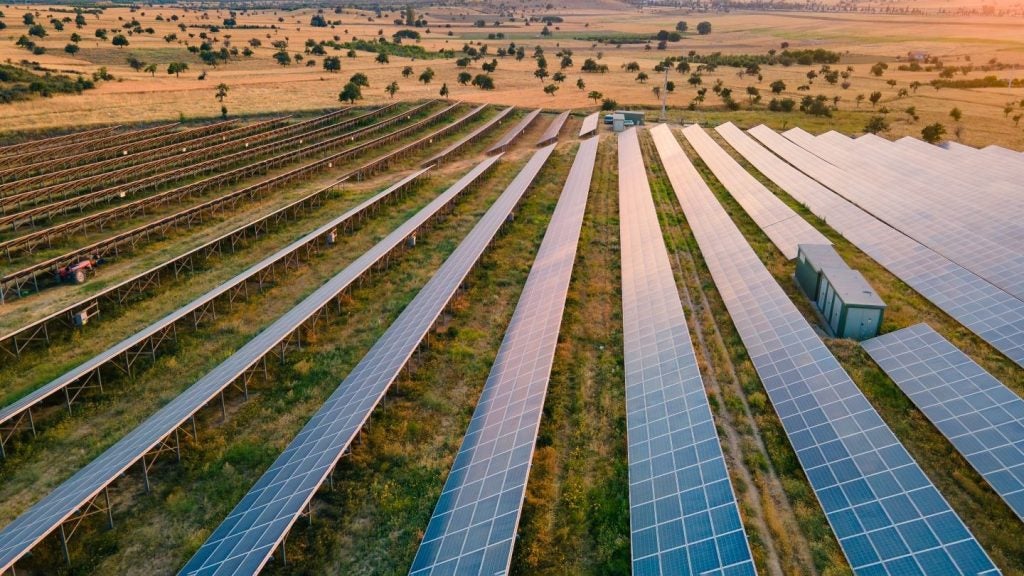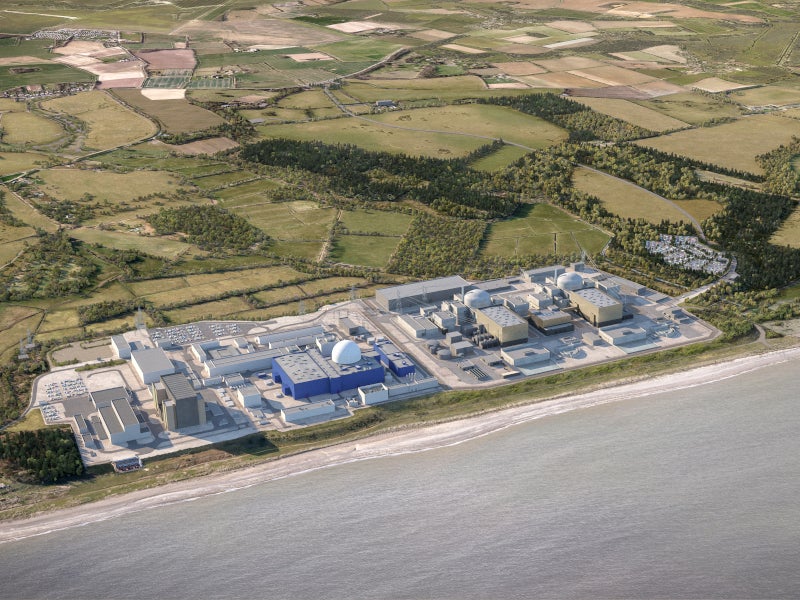
The global solar photovoltaic (PV) inverters market is expected to hold an aggregate market value of $22.2 billion during the period 2018–2022. According to GlobalData’s latest report Solar PV Inverters – Update 2018 – Global Market Size, Competitive Landscape, Key Country Analysis, and Forecast to 2022, the global market was valued at $6.3 billion in 2017 and is estimated to hold an average annual value of $4.4 billion between 2018 and 2022. In terms of solar PV additions, Asia eclipsed all other markets for the fourth consecutive year, accounting for about two-thirds of global additions in 2017. Consequently, Asia-Pacific region led the solar inverters market, witnessing $3.75 billion. It was followed by Americas and EMEA (Europe, Middle East, and Africa) registering $1.71 billion and $0.89 billion, respectively.
In terms of market value, China, the US, and Japan together held over 65% and led the global solar PV inverter market in the year 2017. The market developments in the top countries are largely due to economies of scale, emerging inverter technologies, and policy-based government and institutional industry. The utility-scale segment dominated the solar PV inverter market by registering $3.6 billion followed by the commercial and residential segments with $1.5 billion and $1.2 billion, respectively. It is estimated that the utility-scale solar PV inverter segment will continue dominating the market by registering $1.7 billion in 2022, while the residential and commercial solar PV inverter segments are expected to be valued at $1.01 billion and $960m, respectively.
Between 2017 and 2022, the global solar PV inverters market is expected to witness a negative compound annual growth rate (CAGR) of 10.15%, in terms of market value. The estimated fall in the market value is mainly attributed to the fall in inverter prices. The solar inverter and module prices have declined for a variety of reasons, including but not limited to, persistent price pressure on equipment suppliers, the anti-dumping tariffs implemented by the US on Chinese modules, the euro and yen depreciation, and the downward adjustment of the minimum import prices. In the solar PV industry, buyers are price sensitive, creating persistent price pressure on equipment suppliers.
Solar PV Inverters, Market Value, Regional share (%), 2017 and 2022

| Source: GlobalData, 2017 |
The global solar PV inverters market has several strong participants such as Huawei Technologies Co Ltd, Sungrow Power Supply Co Ltd, and SMA Solar Technology AG. The highly fragmented nature of the market has also led to the reduction in solar inverter prices. As a result of the falling prices, the total installed capacity between 2018 and 2022 is estimated to be close to 370.6 gigawatts (GW), whereas it stood at approximately 316.2 GW between 2012 and 2017.
Solar PV Inverters, Key Countries’ Market Volume (GW), 2017, 2022

How well do you really know your competitors?
Access the most comprehensive Company Profiles on the market, powered by GlobalData. Save hours of research. Gain competitive edge.

Thank you!
Your download email will arrive shortly
Not ready to buy yet? Download a free sample
We are confident about the unique quality of our Company Profiles. However, we want you to make the most beneficial decision for your business, so we offer a free sample that you can download by submitting the below form
By GlobalData| Source: GlobalData, 2017 |
According to the report, China led the solar PV inverters market globally with 41 GW of installations in the year 2017. It held 49.3% of the global market share in the year 2017. Several supportive policies for the development of solar technology have been continually introduced in China such as the 13th Five-Year Plan (FYP) for the solar power sector, 2017 feed-in tariff (FiT), and 7 GW+ additional installation quotas for 2016 assigned by competitive bidding. Additionally, a number of major support measures, such as the Golden Sun Program, the building integrated photovoltaics (BIPV) subsidy programs, and the provision of FiTs to promote solar projects helped to boost the market. The implementation of fixed FiTs, and the One Million Rooftops Sunshine Plan in Shandong Province, spurred the development of solar PV projects in the country.
The US emerged as the second-largest market globally for solar PV inverters in 2017, registering 13.2 GW. It shared 15.7% of the global market during the year. The country’s solar PV inverter market is mainly driven by regulatory demand pull-in from policy deadlines in California and Massachusetts, a significant decrease in installation costs, federal tax credits, growth in community solar, the SunShot initiative, and a mix of additional state/regional incentives and net metering.
India ranked third, next to the US, in the global solar PV inverters market, with a market volume of 8.07 GW in 2017, sharing nearly 9.6% of the global market. The looming power crisis in the country and with the development of several supportive policies such as net metering and FiT, the market is expected to grow in the forecast period to reach 10,746 MW in 2022, representing a CAGR of 5.87% between 2017 and 2022.
For more insight and data, visit the GlobalData Report Store – Power Technology is part of GlobalData Plc.








Related Company Profiles
Huawei Technologies Co Ltd
Power Technology Inc
SMA Solar Technology AG
Sungrow Power Supply Co Ltd